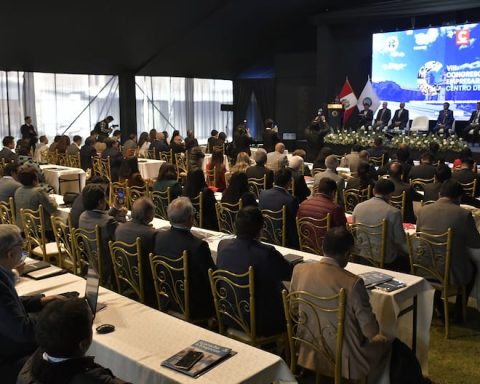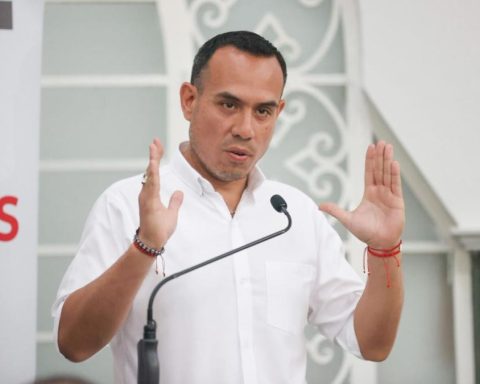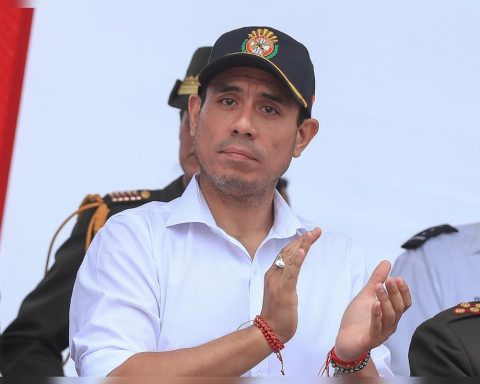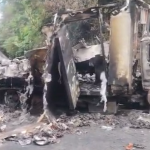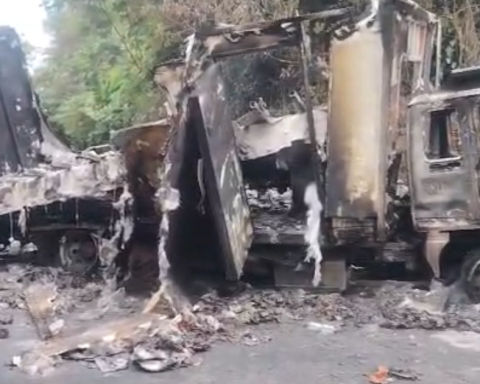In the midst of disapproval of his Government, Dina Boluarte proposed the return of the death penalty in Peru. Moved by the murder of a 12-year-old minor in the district of Villa María del Triunfo, the president proposed the execution as a “drastic measure” to combat this type of crime.
Although the impotence caused by sexual abuse may lead us to consider this proposal as adequate, an expert view leads us to define the opposite. According to lawyer Juan José Quispe, a human rights specialist, this is an “absolutely unviable measure in the short and medium term.” This, of course, from a legal point of view.
Pact of San José prohibits the application of the death penalty
It happens that our country is part of the American Convention on Human Rights, also called the Pact of San José de Costa Rica. This international treaty provides for rights and freedoms that must be respected by the States Parties. One of them mentions execution as punishment for a crime. In this regard, it says: “(State parties) will not apply the death penalty in their territory to any person subject to their jurisdiction.”
Thus, in 1994 the Inter-American Court of Human Rights indicated that Peru could not expand the death penalty cases.
This background was recalled by lawyer Quispe, who specified that the first step on the path to the return of the death penalty in Peru would be for our country to withdraw from said treaty. “We are part of the contentious administrative jurisdiction of the Inter-American Court of Human Rights and, therefore, we cannot implement the death penalty if the San José Pact is not first denounced,” Quispe told La República.
To achieve a complaint, the head of state would have to present the project to Congress, a power that would evaluate and debate whether or not “we completely withdraw from the Inter-American system.”
This entire process would take more than a year. Then, the Inter-American Court must respond to the Peruvian request, which would take another period of time. Subsequently, in the hypothetical case that Peru manages to withdraw from the Pact of San José, the current Constitution would only be modified.
“The entire process takes more than a year and, in the meantime, the crimes will continue to occur. For me, it is a very big smokescreen from Mrs. Boluarte, because during the time the process lasts, citizens and the media They will focus their attention on it, leaving aside the Government’s damages. It is a populist measure to cover up their inaction and low approval,” he highlighted.
Dina Boluarte’s “great smokescreen”
This view was shared by criminal lawyer Mario Amoretti, who agreed that it is a mere smokescreen. “It is clear that it is a smokescreen of the President Dina Boluarte. This does not solve the problem of insecurity that the country is experiencing. The Boluarte Government does not work, Congress does not work, they are only in a spirit of survival and are not doing anything to really combat the country’s problems,” he told this medium.
Furthermore, the lawyer recalled that the execution is a measure that was already rejected by the same citizens years ago. “In the Velasco Alvarado government, the death penalty was given for crimes of qualified homicide and rape, but due to pressure from public opinion it was reversed,” he indicated.
Likewise, constitutional lawyer Erick Urbina highlighted the ineffectiveness of this measure. “The last time the death penalty was applied in Peru was in the case of the “Monster of Almendariz”, an African-American citizen to whom this punishment was applied and was later determined to be innocent. I believe that the Peruvian legal system It does not guarantee that any citizen is treated fairly. In several situations it has been seen that the margin of error is very wide. It is not a viable measure nor is there unanimity in the State’s position,” he explained to Exitosa.

